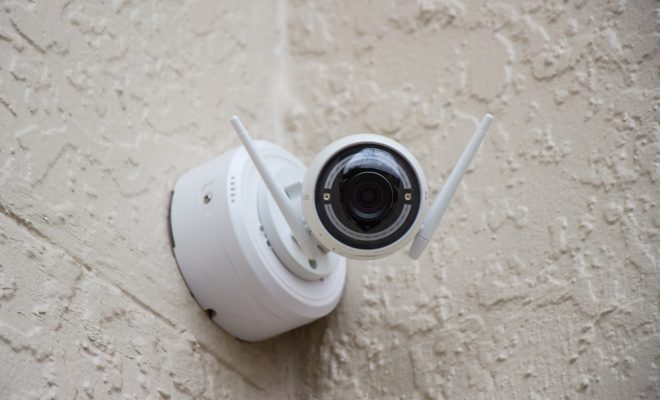Getting to Know Your Students Before the First Day of School

Check out our list of tips on how to get to know your students before the first day of school.
Plan for student learning prior to classes; begin by reading learner records, talking with the previous educator, or attending workshops that will fuel your preparation efforts. You will feel more prepared for the beginning of the school year.
Ask the principal’s office for a class list after school district registration, usually scheduled two weeks before school starts. This will give you an idea of how many students you will need to sit in the class. If it looks like the number of desks is insufficient, alert the school principal prior to the first day of lessons that you need more. Schools must offer an equitable education. A learner without a desk is not being provided an equitable education.
Be available to learn the correct pronunciation and spelling of learners’ names in your class. Learners immediately feel as if they belong to the class, and you begin building relation- ships. Find out names quickly using pictures you have scanned onto the class list or designed for this class. Affixing pictures and names will help you remember the learners.
Create lesson plans in advance. You can always modify plans, but you need a plan of action. Consider each lesson and how you might change, delete, or supplement it.
Remain very flexible during the first week. Students are returning from a long summer vacation; you are refocusing after a summer break. The weather may not cooperate, plans at the school may not have been completed, and other things may not be to your liking.
Organize learners in alphabetical order for the first several weeks. Since you don’t know the learners for the first several weeks, an alphabetic order will expedite many things you must do.
If you are working in a secondary classroom, don’t judge learners by their dress, the number of piercings, or the tattoos, they have inked on their bodies.
Throughout the first week of school, teach your learners the procedures for lunch. Although this is a time for companionship, it can also be a time for making messes and not following lunchroom rules. Review the rules daily with younger learners until they can recite them. With older learners, review as necessary until the behavior is appropriate.
Make time during lunch to meander through the lunchroom and talk with learners in an informal setting. They relish the attention from their educator or former educators. This is another time to joke with learners, touch base on how they are doing, and ask questions about their likes and dislikes. Utilize the opportunity to build relationships.






